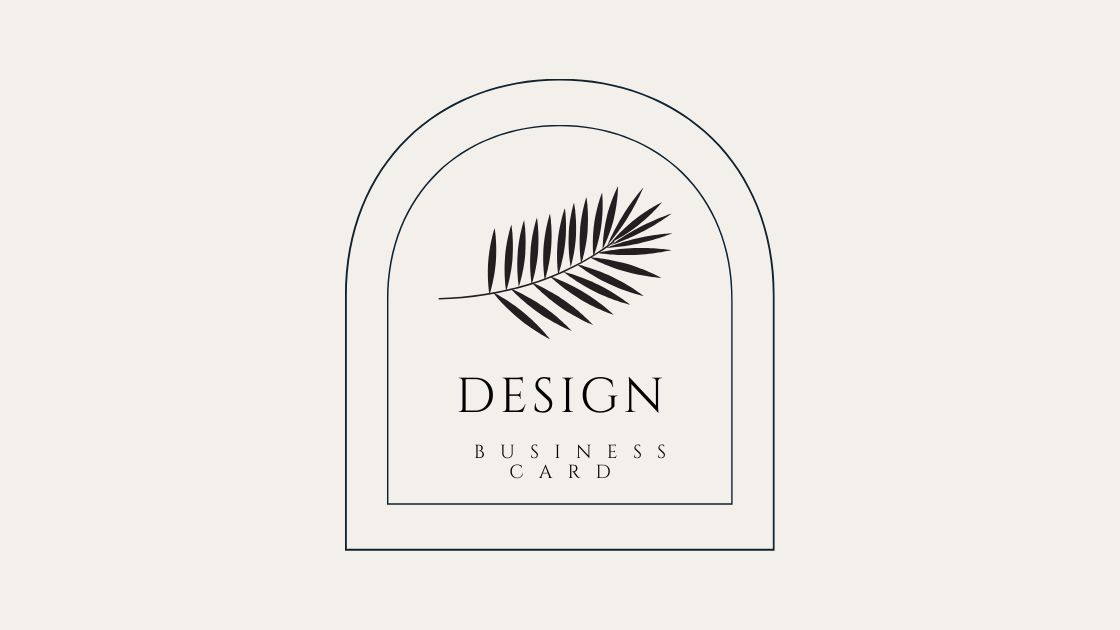Embarking on the journey of designing a business card is not just about creating a piece of paper with contact information. It’s about crafting a visual representation of your brand, personality, and professionalism. In this comprehensive guide, we’ll walk you through each step, providing insights and tips to help you create a business card that truly stands out. From choosing the perfect shape and size to selecting typography and incorporating special finishes, you’ll learn everything you need to know to design a business card that leaves a lasting impression on anyone who receives it. So, let’s dive in and unleash the creativity that will define your professional identity.
Contents
Understanding Printing Terminology
Before diving into the design process, it’s crucial to familiarize yourself with key printing term
Bleed Area
The outermost part of the card may be trimmed away during printing. Extend design elements beyond this area to prevent white edges.
Trim Line
Marks the edges of the card where the printer will cut.
Safety Margins
Designated areas where important elements like text and logos should not be placed to avoid being cut off during printing.
Color Mode
Printers typically use CMYK or Pantone color modes, so ensure your design matches these standards for color accuracy.
Paper Stock
Choose from various paper types like matte, glossy, or textured to match your brand’s aesthetic.
Resolution
Maintain a resolution of 300dpi for sharp and clear images.
Step By Step to Design a Business Card
Selecting the Shape
While the standard business card size is 3.5 inches by 2 inches, you have the freedom to explore alternative shapes and sizes to stand out. Consider vertical orientation or unconventional shapes like circles or squares for added creativity.
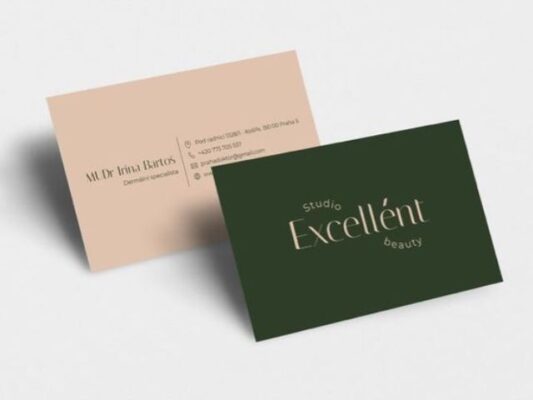
Staying True to Your Brand
Maintain consistency with your brand’s visual identity by using brand colors, fonts, imagery, and voice. This ensures that your business card aligns seamlessly with your overall brand image and messaging.
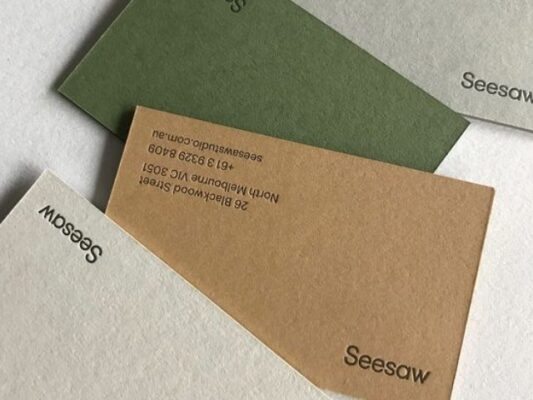
Establishing Information Hierarchy
Prioritize essential details and organize them logically to ensure that important information stands out. Utilize larger fonts, bold colors, and distinctive typography to emphasize key elements and guide the reader’s focus.
Incorporating High-Quality Graphics
Integrate high-quality images, illustrations, icons, or patterns that complement your brand and enhance visual appeal. Avoid overly literal images and opt for visuals that contribute to the card’s overall mood and vibe.
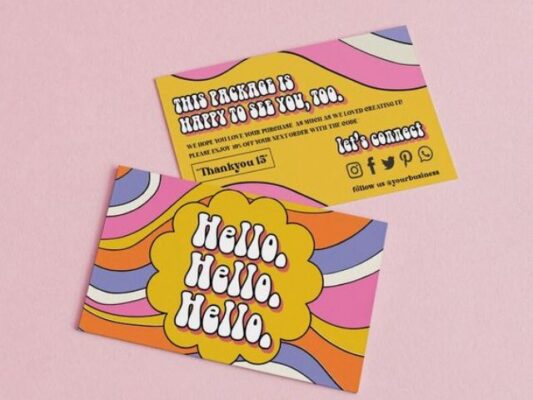
Ensuring Legibility
While creativity is encouraged, prioritize readability to ensure that your business card is easy to comprehend. Use fonts larger than 8 points, maintain sufficient color contrast, and avoid cluttering the card with excessive elements.
Exploring Finishing Options
Consider special finishes like foil stamping, embossing, or spot UV coating to add a luxurious touch and create a memorable impression. These finishing touches elevate the design and add tactile appeal to your business cards.
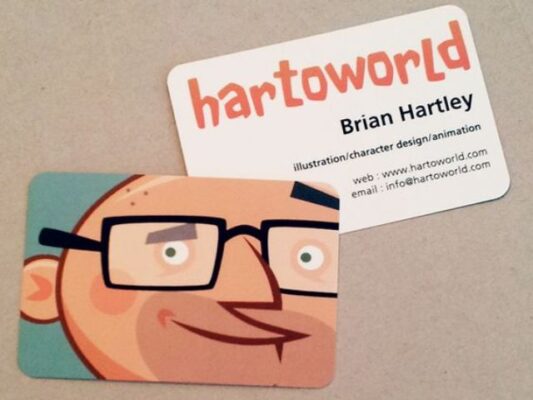
Printing a Test Copy
Before finalizing your design, print a test copy to review for any errors or necessary adjustments. Ensure that graphics are high-resolution, spelling is accurate, and the design accounts for bleed, trim, and safety lines.
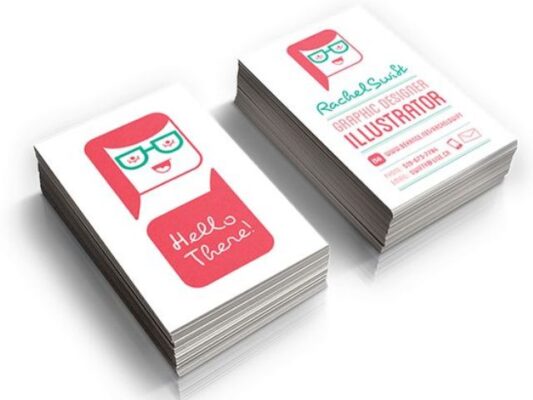
By following these step-by-step guidelines, you can create a business card that effectively represents your brand, captures attention, and makes a lasting impact on recipients.
Conclusion
Designing a business card is a critical aspect of establishing your brand identity and making a memorable impression on potential clients or contacts. By following the step-by-step guide outlined above, you can create a business card that effectively communicates your brand message, captures attention, and leaves a lasting impact.
From understanding printing terminology to selecting the right shape and incorporating high-quality graphics, each aspect of the design process plays a crucial role in creating a professional and visually appealing business card. Prioritizing legibility, maintaining brand consistency, and exploring finishing options further enhance the overall effectiveness of your design.
Related Post
Design a Logo: The Power of Effective Logos
Top 15 Dreamy Fonts for Wedding Invitations
12 Handwriting Fonts Sleek and Stylish

